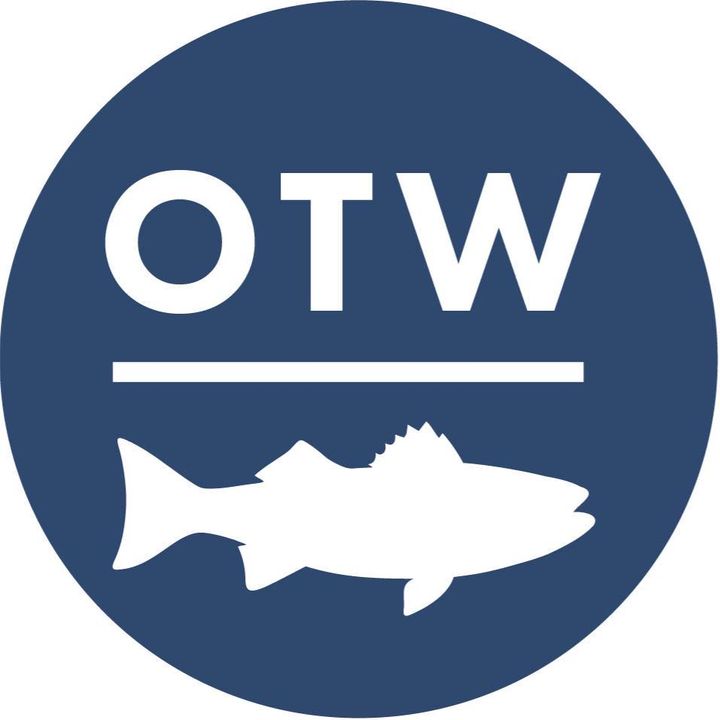



A bucktail jig is like a hamburger. On its own, it can be perfectly fine, but some magic happens when you add the fixins. Adding a trailer to a bucktail enhances the lure’s action, slows its sink rate, and adds a splash of color while increasing the profile. Here are some of the best bucktail jig trailers available to anglers today.
(Note: On The Water is reader-supported. When you buy through links on our site, we may earn an affiliate commission.)
A piece of cured pork skin, dyed a fish-attracting color and cut into a long strip, was the original trailer. It was first brought to market by Allen Jones and Urban Schreiner, developers of the original Uncle Josh Pork Rinds. Fishermen now have several options in the Northeast following a brief period in the 2010s when Uncle Josh ceased production their production.

Pros
Cons
Cut into similar shapes as natural pork rinds, synthetic trailers first gained popularity with tube-and-worm trollers before catching on with bucktail casters. While many are made in the same shape as the Uncle Josh Sea Strip, some are curled to give them additional action as the jig moves. These are added to bucktails the same way as natural pork rind, by pushing the hook through the tip of the trailer and allowing the bait to dangle off the bend of the hook.
Pros
Cons
The classic curly tail threaded onto a bucktail jig hook adds both bulk and action. More bulk means a slower sink rate, so anglers should take that into account when choosing a curly tail.

Pros
Cons
Tying several hackle feathers to the hook shank of a bucktail creates a permanent trailer. It has the fluid movements of a natural material, but it won’t dry out like pork rind.

Pros
Cons
Breaking Down Bucktail Jigs and Trailers









